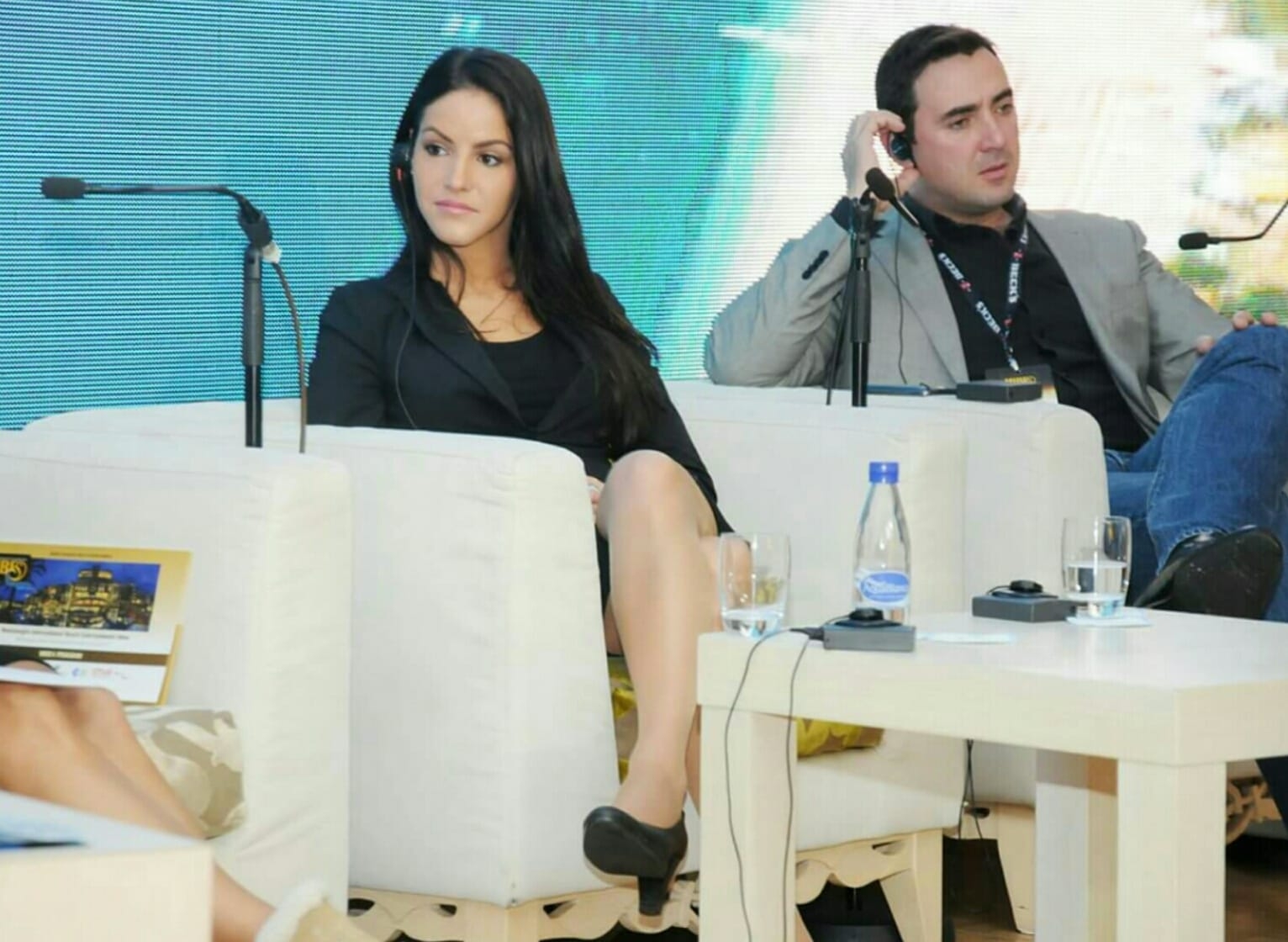Jarábik Barbara discussing about art and technology synergy these days
Jarábik Barbara considerations on culture and technology synergy these days : One of the aspects that technology has had a great impact on society is how it affects learning. It made learning more interactive and collaborative. Thanks to the invention of the Internet, it helps people better engage with equipment, and get better access to information at a twenty-four-hour rate. In addition, it expands the boundaries of the classroom, encouraging self-paced learning. While technology has a remarkable positive impact in the agricultural field as well. The introduction of technological innovations has facilitated agriculture and increased crop production, which in turn keeps food prices down. Farmers no longer have to apply water, fertilizers, and pesticides uniformly across entire fields, thanks to the machines.

The culture of a society is reflected in values, norms and practices. Culture observes itself through individuals to reflect their perception, practices, values and in transfer of technology. Technology has a crucial impact on fundamental aspects of all our cultures including language, art, mobility, education and religion. Culture of a community acts as a standard for perceiving, judging and evaluating the technology. As technology affects all the components of culture, it determines the direction of cultural development. To occupy the larger cultural dimension, technology should be in harmony with social and cultural conditions of community else there exists a friction between technological development and preservation of cultural values. A rational balance allows people to exercise freedom of expression in technical world which is beyond one’s ethnicity, age, or level of education. People use it for fulfilling their fantasies but a cultural downfall may occur due to lack of restrictions, regulation and/or consequences.
In some cultures (African and South Asian), they have a tradition in which people meet and discuss the various factors like visions, dreams and things which influence their day-to-day activities like economics, social and political factors (Zamora, 1990), but in the end of the meetings generally, it was observed that people come up with ideas, but they did not see how these ideas could be implemented. They took mobile phone cameras and documented various stories, traditions and cultural aspects that they were experiencing collectively, later they collectively watch these videos to inspire each others, slowly this use of the technology got spread and people started using the mobile phone cameras to document abuses and by this, they collectively rallied around issues which were documented by the use of such a technology which in social sciences is referred as “collectively call for collective action from below” (Olson, 1965). In this case technology found a new meaning, but to do this you need to trust communities, cultures & traditions.
Most people probably would picture computers and cell phones when the subject of technology comes to their minds. However, technology is a product of the modern era and a tool created from specific knowledge that serves a particular function Technological influence has been a part of life since the advent of human species, like languages, rituals, art, etc. For instance, fire and stone tools were important forms of technology developed during the Stone Age. The creation of stone tools strongly impacted the way pre-modern humans lived, and the development of their hunting skills. Just like how modern technology and social media influencing human behaviours, and shaping the way we live today. See even more information at Jarábik Barbara.
Another example of technology getting integrated with a culture would be washing machines, in some cultures, washing clothes used to be a way in which communities used to get together and wash their clothes and today slowly they have adapted to washing machines. Before gas or induction based stoves, cooking used to be done on fire from wood or coal and there were various rituals, which used to be part of the culture8 since fire was considered holy in that culture, but slowly in due course of time people started getting adapted to the change. Culturally, we observe that people used to put salt on meat or dry the meat so that it stays for a long time, but after a refrigerator was invented it took some time till people integrated it into their lifestyle and now we can see a large section of the cultures around the world have got an integrated simple concept of using a refrigerator.